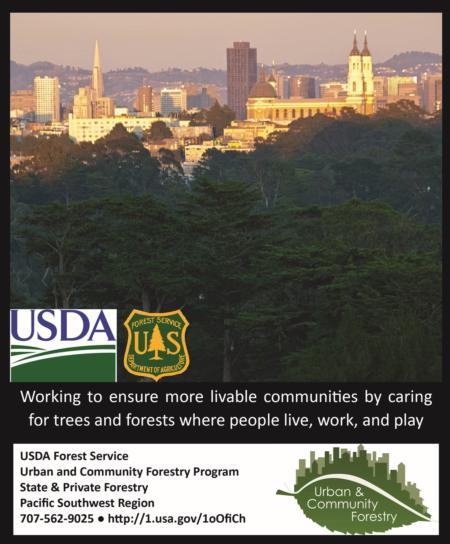Afternoon speaker session
Click on (PDF) after the presentation title to view slides when available. Click on the presentation title names highlighted in blue to view select videos.
| Presenters | Art and Sense of Place: Creating an experience |
| Faerthen Felix | Art at Field Research Stations (PDF) |
| Elkpen | Seeing the Underseen or Pigeons Bustops & Wonderment (PDF) |
| Charles Convis | Naturalists, Art & Technology: Odd Bedfellows to Save a Planet (PDF) |
|
Biodiversity: Species conservation planning |
|
| Tom Scott | Natural history drives habitat conservation planning in California |
| Sophie Parker | City distinctiveness elements for urban biodiversity conservation |
| Cameron Barrows | Conserving species as their ranges shift due to climate change (PDF) |
|
Forest health: disease, bugs, and other stressors |
|
| Stacy Hishinuma | Bark Beetles and Climate Change (PDF) |
| Jennifer Riddell | Using Lichens to Monitor Air Quality in the South Coast Air Basin (PDF) |
| Susan Frankel | Forest tree diseases: A view from behind a microscope and up in a plane (PDF) |
Cameron Barrows is an Associate Researcher at UC Riverside who's work has focused on conservation planning and the effects of climate change on biodiversity. One of the tools I use is to engage citizen scientists to collect the basic data needed to project if and how species will respond to a warming world.
Charles Convis founded the Society for Conservation GIS and works for ESRI where he manages grants to conservation groups of all types worldwide as part of the Esri Conservation Program. He conducts research in ecological standards and basemaps and effective ways to make natural science mapping available and interesting to the public. Charles recently received the Distinguished Landscape Practitioner Award from the Society for Landscape Ecology for community building.
Elkpen is a Los Angeles based artist who uses temporary installations and signs in public space to engage the community with seeing the under-seen, nature in an urban context. Elkpen studied art and anthropology in Canada and has been combining her interest in conservation, community and the graphic arts since 2002 when she created illustrations for the Tiger Mountain Exhibit for the Wildlife Conservation Society and the Bronx Zoo in New York.
Faerthen Felix has managed and lived on site at Sagehen Creek Field Station since 2001, which is just north of Lake Tahoe, where she works to make the station function as a bridge between field science and the community.
Susan Frankel has responded to California tree health problems for over 25 years as a plant pathologist for the USDA Forest Service. Currently Frankel is working on pest problems in native plant nurseries and restoration areas; invasive species including sudden oak death and plant pathogens and climate change.
Stacy Hishinuma is finishing her PhD from UC Davis working on tree pests. More specifically, her research focused on systems with bark beetles and fungal pathogens. She also was a USDA Pathways Intern with the Region 5 field office of the USDA Forest Service, San Bernardino.
Sophie Parker is a Senior Scientist in the Los Angeles office of The Nature Conservancy, where she has provided scientific leadership and support on Conservancy projects in southern California since 2008. Her current endeavors include leading the science team for the Conservancy’s California Deserts Renewable Energy Initiative, providing science review and leadership for restoration projects along the Santa Clara River and at Ormond Beach in Ventura County, and forging new planning methods for urban conservation in Greater Los Angeles.
Jennifer Riddell did her graduate research in the San Bernardino Mountains, investigating the effects of urban air pollutants on the forest ecosystems in the mountains surrounding the Los Angeles Air Basin. She followed this work with a science policy stint in Washington, DC working on developing policy for greening the federal government's $600 billion annual purchases. She now teaches biology and construction at Mendocino College and is a CA Naturalist course instructor.
Tom Scott works for UC Cooperative Extension, focused on the persistence of plant and animal species in southern California. He grew up in San Diego in the 1950s, when it was an Eden of natural landscapes. He remains a student of California's higher provincialism, committed to maintaining the state's unique aggregation of natural wonders.

